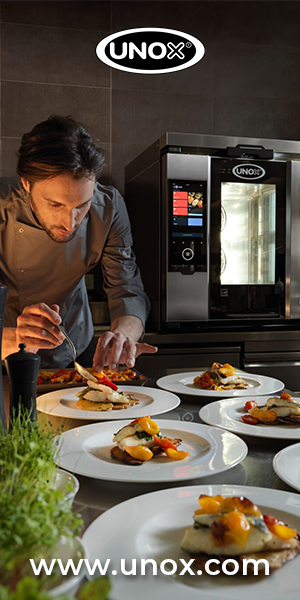Walk into any contemporary restaurant in Melbourne or Sydney on a weekend afternoon, and you’ll likely see something that would have seemed unusual a decade ago: toddlers in highchairs sitting alongside their millennial parents and Baby Boomer grandparents, all sharing a meal in a space that’s unmistakably design-forward, not traditionally ‘family-friendly.’
It’s a strategic shift reshaping how hospitality venues view their customer base, and it represents a significant revenue opportunity for operators willing to adapt. Millennial parents and multigenerational family groups are a fast-growing demographic that’s setting new expectations for what dining out should look like.
Feel good, function well
Unlike previous generations, these families aren’t willing to choose between quality and convenience, or between atmosphere and accessibility. They’re choosing venues that feel good, function well, and make it easy to be present with kids, grandparents, partners, and friends.
The economic case is compelling. Multigenerational dining parties typically spend more per visit, dine during off-peak times, and return more frequently than single-generation groups. They’re also highly motivated to find venues that work for everyone, creating strong customer loyalty when they do.
Several cultural and practical factors are converging to fuel this trend. First, there’s been a fundamental mindset shift around food itself. Dining has become a form of cultural expression, memory-making, and social identity.
A good meal is something to talk about, and a beautiful plate or a well-designed space is part of how people mark the moment. At the same time, modern families are navigating increasingly complex logistics. They’re juggling nap times, dietary restrictions, mobility needs, and varying attention spans. This makes operational efficiency and thoughtful design more important than ever.
Spaces that serve multi-generations
The venues succeeding in this space aren’t simply adding kids’ menus and booster seats to upscale concepts. They’re fundamentally rethinking how spaces can serve multiple generations without compromising on aesthetics or atmosphere.
Key design considerations include:
- Flexible layouts that accommodate prams and mobility aids while maintaining visual appeal and flow. This means wider walkways, strategically placed tables, and accessible bathroom facilities that don’t feel institutional.
- Acoustic management that allows for ambient conversation and the occasional toddler moment without disrupting the entire dining room. Sound-absorbing materials and strategic zoning can make a significant difference.
- Lighting that works for everyone, from ambient settings that create atmosphere to practical task lighting that helps older diners read menus comfortably.
- Tech-enabled conveniences like online booking systems, digital menus with clear allergen information, and contactless payment options that reduce friction and make service more efficient across demographics.
When you’re juggling those practical considerations, the little details really matter. Venues that are designed with care and still deliver visually and emotionally satisfying experiences are the ones that stay full.
Operations are part of your design
While physical design is foundational, operational elements matter just as much.
Flexible menu offerings that cater to varying dietary needs and preferences, staff trained to engage warmly with all age groups, and service pacing that accommodates both quick family meals and leisurely multi-course experiences all contribute to success. The goal is to create spaces and experiences that feel inclusive and thoughtful, where families don’t have to compromise on design, service, or convenience.
For restaurant operators, the message is clear: multigenerational appeal isn’t about dumbing down your concept or sacrificing ambience. It’s about understanding that modern families want experiences designed for real life, not tacked on as an afterthought.
The venues that understand this, who build with care, serve with generosity, and still manage to deliver something visually and emotionally satisfying, are the ones that will stay full. Today’s families are looking for connection, and they’re bringing everyone with them.
As family structures continue to evolve and consumer expectations rise, the restaurants that thoughtfully integrate multigenerational considerations into their core design and operations will be best positioned to capture this growing market. The opportunity is there. The question is whether operators are ready to design for it from the ground up.
About Paris Buckland, Chief Executive Officer, Storepro:
Paris Buckland is CEO of Storepro, a fit-out and spatial delivery company. With a background in strategic design, brand development, and organisational transformation, Paris is passionate about value engineering, sustainable transformation, and the role of physical retail in the customer journey.







